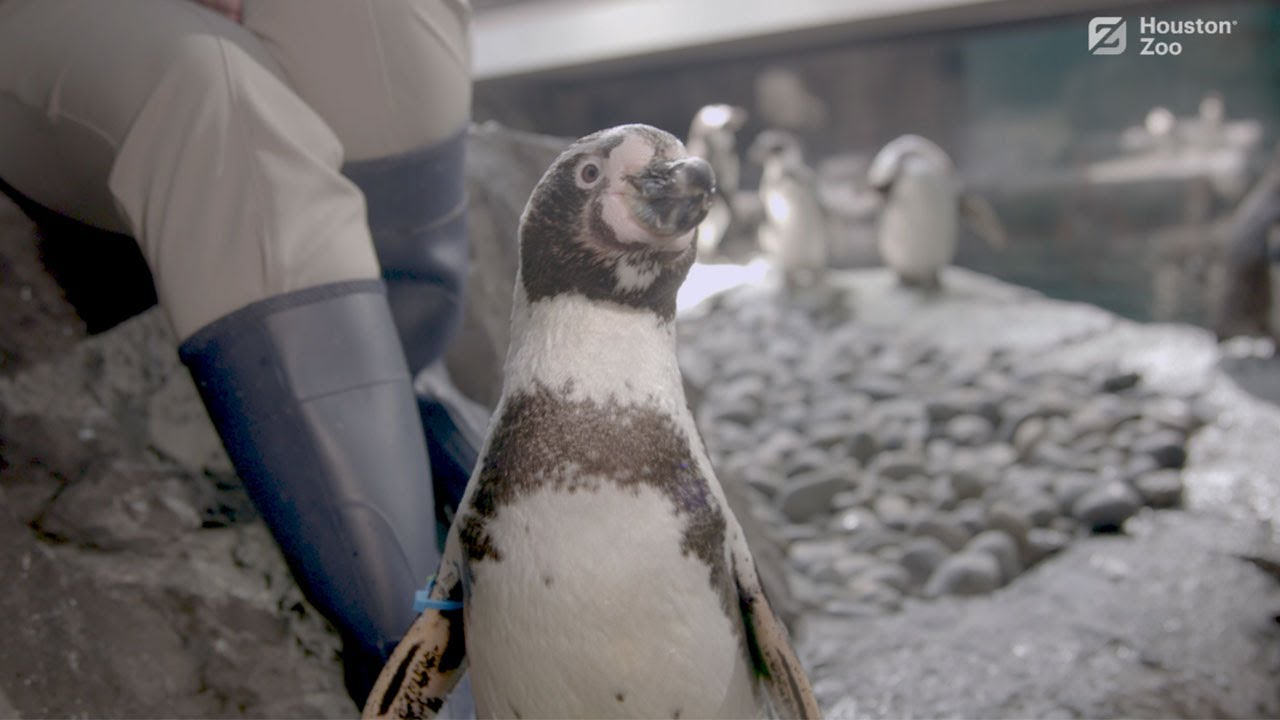– Introduction to Carino, a Humboldt penguin, and his significance in zoo conservation programs
– The natural habitat and behavior of Humboldt penguins
– Challenges facing Humboldt penguins in the wild and the role of zoos in their conservation
– Success stories in the conservation of Humboldt penguins and Carino’s contributions
Carino, a Humboldt penguin, plays a pivotal role in the conservation efforts at his home in the zoo. As a beloved member of the zoo family, Carino offers zoo professionals and visitors a closer look at the species, fostering awareness and support for conservation initiatives. This article explores the fascinating aspects of Humboldt penguins, focusing on their natural habitat, behavior, the conservation challenges they face, and how Carino serves as an ambassador for his species.
Humboldt penguins inhabit the coastal regions of Peru and Chile in South America, thriving in the cold-water currents. These birds are adept swimmers, diving into the ocean’s depths for fish, krill, and squid. Their unique black and white plumage serves as camouflage from predators, while their streamlined bodies allow them to navigate the water with exceptional agility. Social creatures by nature, Humboldt penguins rely on a complex array of vocalizations to communicate within their colonies, showcasing a sophisticated natural behavior that sparks interest and curiosity.
Despite their adaptability, Humboldt penguins face significant threats in the wild. Overfishing has depleted their main food sources, while climate change disrupts their breeding patterns by altering the temperature and availability of suitable nesting sites. Furthermore, pollution, especially plastic waste, severely threatens their health and the integrity of their habitat. These challenges underscore the urgent need for conservation efforts to protect Humboldt penguins from potential extinction.
Zoos play a crucial role in conserving endangered species, including Humboldt penguins. Through breeding programs, zoos work to increase the population of these birds, ensuring genetic diversity and the species’ long-term survival. Sp spearheaded by charismatic individuals like Carino, educational programs engage the public in important conversations about biodiversity and environmental stewardship.
Success stories abound in the conservation of Humboldt penguins, thanks in part to the efforts of zoos worldwide. Carino, for example, has been instrumental in generating enthusiasm and funding for conservation projects. His interactions with zoo visitors provide an unforgettable experience and inspire actions that support wildlife conservation beyond the confines of the zoo.
In essence, Carino’s story is a powerful example of the impact that informed, dedicated conservation efforts can have on endangered species. With their fascinating behavior and pressing challenges, Humboldt penguins remain a species in need of continuous support. Through education, research, and targeted conservation initiatives, hope exists for preserving these extraordinary birds for future generations to marvel at and learn from. Engaging the public through the stories of individual animals like Carino emphasizes the interconnectedness between humans and the natural world, highlighting our responsibility in safeguarding our planet’s biodiversity.
*****
Source Description
Meet Carino! He’s one of our male Humboldt penguins in our colony of 15 penguins. You can identify him based on the spot pattern on his belly that resembles a circle on his lower abdomen. He’s got a friendly personality and is very people focused. Learn more about Carino from Penguin Keeper Melissa.


